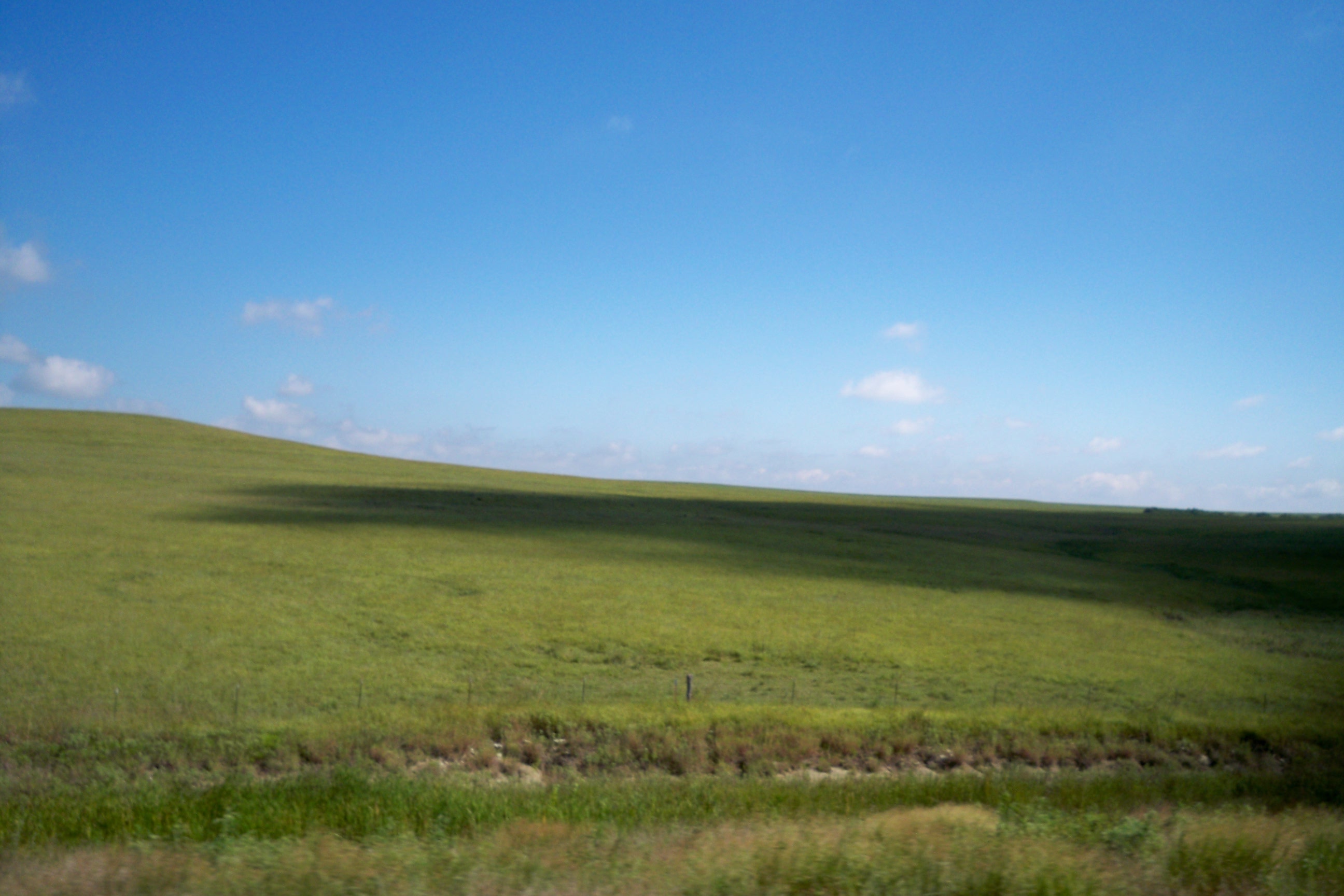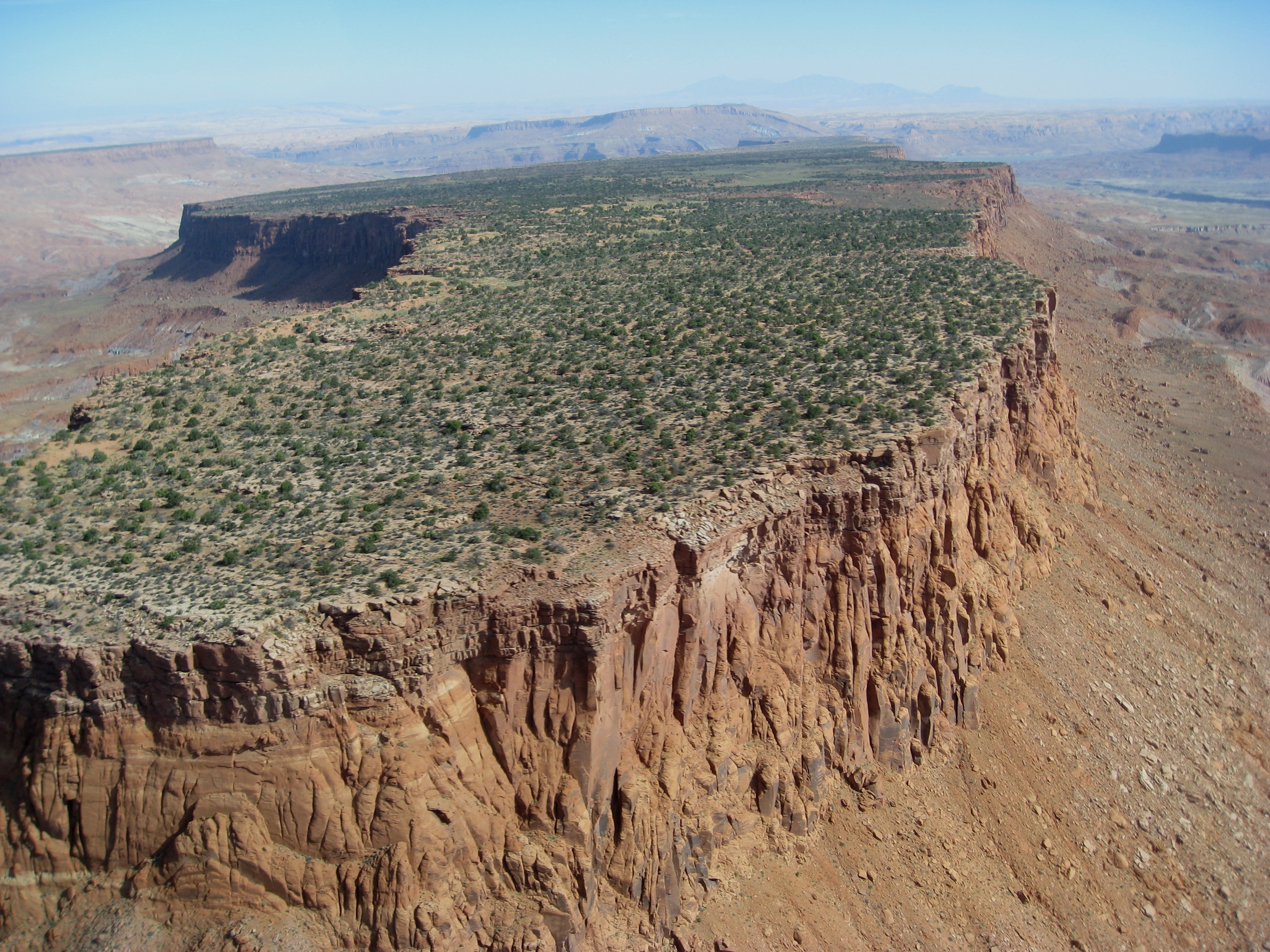|
Apasco
Apaxco is a municipality located in the Zumpango Region (northeastern part of the State of Mexico) in Mexico. The municipal territory is located at a southern pass leading out of the Mezquital Valley about northeast of the state capital of Toluca. The name ''Apaxco'' comes from Nahuatl (meaning "place of the water fall"). The municipality, founded on October 16, 1870, covers an area of . Apaxco de Ocampo is a municipal seat, and is a border city with Vito and El Refugio (between the State of Mexico and the State of Hidalgo; inside of ''Cuenca cementera''). It is an important area for the building industry, although it has ecological problems. Geography The town of Apaxco de Ocampo is a municipal seat, with jurisdiction over the following communities: Coyotillos, Santa María, Loma Bonita, Pérez de Galeana and Colonia Juárez. The total municipality extends 84.37 km and borders with the municipalities of Tequixquiac and Hueypoxtla, and with Atotonilco de Tula and Ajacub ... [...More Info...] [...Related Items...] OR: [Wikipedia] [Google] [Baidu] |
Municipalities Of Mexico
Municipalities ('' municipios'' in Spanish) are the second-level administrative divisions of Mexico, where the first-level administrative division is the ''state'' (Spanish: estado). They should not be confused with cities or towns that may share the same name as they are distinct entities and do not share geographical boundaries. As of January 2021, there are 2,454 municipalities in Mexico, excluding the 16 boroughs of Mexico City. Since the 2015 Intercensal Survey, two municipalities have been created in Campeche, three in Chiapas, three in Morelos, one in Quintana Roo and one in Baja California. The internal political organization and their responsibilities are outlined in the 115th article of the 1917 Constitution and detailed in the constitutions of the states to which they belong. are distinct from , a form of Mexican locality, and are divided into '' colonias'' (neighborhoods); some municipalities can be as large as full states, while cities can be measured in b ... [...More Info...] [...Related Items...] OR: [Wikipedia] [Google] [Baidu] |
Ajacuba
Ajacuba is a town and one of the 84 municipalities of Hidalgo, in central Mexico. The municipality covers an area of 192.7 km². As of 2005, the municipality had a total population of 16,111. Geography It is located between the parallels 99° 27’ 51” and 99° 07’ 32” west longitude, and 20° 05’ 35” and 18° 55’ 22” north latitude. Ajacuba borders. It covers a total surface area of 192.7 km² at an altitude of 6,634 ft. In the year 2010 census by INEGI, it reported a population of 17,055. The town of Ajacuba, a municipal seat, has governing jurisdiction over the following communities: Santiago Tezontlale, Vicente Guerrero, Tecomatlan, and Tulancalco. The total municipality extends 96.37 and borders with the municipalities of Tetepango, San Agustín Tlaxiaca, Atitalaquia, Atotonilco de Tula, Progreso de Obregón and the state of México ( Hueypoxtla and Apaxco). The municipal seat is in a small, elongated valley but most of the municipalit ... [...More Info...] [...Related Items...] OR: [Wikipedia] [Google] [Baidu] |
Buddleja Cordata
''Buddleja cordata'' is endemic to Mexico, growing along forest edges and water courses at elevations of 1500–3000 m; it has also naturalized in parts of Ethiopia.Norman, E. M. (2000). Buddlejaceae. ''Flora Neotropica 81'', New York Botanical Garden, USALeeuwenberg, A. J. M. (1979) ''The Loganiaceae of Africa XVIII Buddleja L. II, Revision of the African & Asiatic species''. H. Veenman & Zonen, Wageningen, Nederland. The species was first described and named by Kunth in 1818.''Nova Genera et Species Plantarum'', 2: 348–349, t.185. 1818. Description ''Buddleja cordata'' is a large deciduous dioecious shrub or tree < 20 m tall in the wild. The trunk, which can reach 45 cm in diameter, has a furrowed bark, brownish or blackish in colour. The ovate to narrowly elliptical leaves are opposite and paired, 4–23 cm long by 3–14 cm wide, on [...More Info...] [...Related Items...] OR: [Wikipedia] [Google] [Baidu] |
Mesquite
Mesquite is a common name for several plants in the genus '' Prosopis'', which contains over 40 species of small leguminous trees. They are native to dry areas in the Americas. They have extremely long roots to seek water from very far under ground. As a legume, mesquites are one of the few sources of fixed nitrogen in the desert habitat. These trees bloom from spring to summer. They often produce fruits known as "pods". ''Prosopis'' spp. are able to grow up to tall, depending on site and climate. They are deciduous and depending on location and rainfall have either deep or shallow roots. ''Prosopis'' is considered long-lived because of the low mortality rate after the dicotyledonous stage and juveniles are also able to survive in conditions with low light and drought. The Cahuilla indigenous people of western North America were known to eat the seeds of mesquite. History ''Prosopis'' spp. have been in North America since the Pliocene era and their wood has been dated to 3 ... [...More Info...] [...Related Items...] OR: [Wikipedia] [Google] [Baidu] |
Cylindropuntia
''Cylindropuntia'' is a genus of cacti (family Cactaceae), containing species commonly known as chollas, native to northern Mexico and the Southwestern United States. They are known for their barbed spines that tenaciously attach to skin, fur, and clothing. Stands of cholla are called cholla gardens. Individuals within these colonies often exhibit the same DNA, as they were formerly tubercles of an original plant. Taxonomy ''Cylindropuntia'' was formerly treated as a subgenus of ''Opuntia'', but have now been separated based on their cylindrical stems (''Opuntia'' species have flattened stems) and the presence of papery epidermal sheaths on the spines (''Opuntia'' has no sheaths). A few species of mat- or clump-forming opuntioid cacti are currently placed in the genus '' Grusonia''. Collectively, opuntias, chollas, and related plants are sometimes called opuntiads. The roughly 35 species of ''Cylindropuntia'' are native to the southwestern and south-central United States, Mex ... [...More Info...] [...Related Items...] OR: [Wikipedia] [Google] [Baidu] |
Central Mexican Plateau
The Central Mexican Plateau, also known as the Mexican Altiplano ( es, Altiplanicie Mexicana), is a large arid-to-semiarid plateau that occupies much of northern and central Mexico. Averaging above sea level, it extends from the United States border in the north to the Trans-Mexican Volcanic Belt in the south, and is bounded by the and to the west and east, respectively. A low east-west mountain range in the state of Zacatecas divides the plateau into northern and southern sections. These two sections, called the Northern Plateau () and Central Plateau (), are now generally regarded by geographers as sections of one plateau. The Mexican Plateau is mostly covered by deserts and xeric shrublands, with pine-oak forests covering the surrounding mountain ranges and forming sky islands on some of the interior ranges. The Mexican Altiplano is one of six distinct physiographic sections of the Basin and Range Province, which in turn is part of the Intermontane Plateaus physiographic ... [...More Info...] [...Related Items...] OR: [Wikipedia] [Google] [Baidu] |
Aztec People
The Aztecs () were a Mesoamerican culture that flourished in central Mexico in the post-classic period from 1300 to 1521. The Aztec people included different ethnic groups of central Mexico, particularly those groups who spoke the Nahuatl language and who dominated large parts of Mesoamerica from the 14th to the 16th centuries. Aztec culture was organized into city-states (''altepetl''), some of which joined to form alliances, political confederations, or empires. The Aztec Empire was a confederation of three city-states established in 1427: Tenochtitlan, city-state of the Mexica or Tenochca; Texcoco; and Tlacopan, previously part of the Tepanec empire, whose dominant power was Azcapotzalco. Although the term Aztecs is often narrowly restricted to the Mexica of Tenochtitlan, it is also broadly used to refer to Nahua polities or peoples of central Mexico in the prehispanic era, as well as the Spanish colonial era (1521–1821). The definitions of Aztec and Aztecs have lon ... [...More Info...] [...Related Items...] OR: [Wikipedia] [Google] [Baidu] |
Huehuetoca
Huehuetoca is a ''municipio'' (municipality) in State of Mexico, central Mexico, and also the name of its largest town and municipal seat. Name origins The name "Huehuetoca" is derived from the Nahuatl ''huehuetocan'', which has several interpretations. The reduplicated stem ''huēhue-'' carries the meaning "old" or "ancient", but the etymology of the remainder is debated. Some sources interpret ''tocan'' as “followed” or “language.” History The town originated with the migration of a Chichimeca group led by Mixcóatl into the area around 528 CE. The settlement was conquered by a number of people. The original Huehuetocan village was destroyed by the Otomi from Xaltocan. These Otomi were then vanquished by the Huexotzincas, the Tlaxcaltecas, the Totomihuacas from Cholollan and the Cuauhtinchantlaca from Tepeyac. With each wave of conquest, the village became part of a larger political system. The last native people to control the village were the Tecpanecas. ... [...More Info...] [...Related Items...] OR: [Wikipedia] [Google] [Baidu] |
Cerro Mesa Ahumada
Cerro Mesa Ahumada (Mesa Ahumada Hill), also known as Cerro Colorado, is a hill located in the northern region of the State of Mexico (''Estado de Mexico'' or ''Edomex''). It is located between the municipalities of Tequixquiac and Apaxco. This hill has a maximum elevation of above sea level and is located at a southern pass leading out of the Mezquital Valley. Geology This hill once had natural springs running down but has since then dried up. The land is mainly composed of volcanic rock, and the soil is classified as durisol, phaeozem, and vertisol. Archaeological Site On the high mesa, there is an archaeological site named ''Los Mogotes''. It was occupied by Otomian-Nahua tribes. A few simple pre-Hispanic basements still exists on the northwest side of the mesa, along with some petroglyphs on the rocks. Los Mogotes was discovered in 1984 by the locals. When archaeologists from INAH visited this area, it was located on the hillside of Cerro Mesa Ahumada at approximately ... [...More Info...] [...Related Items...] OR: [Wikipedia] [Google] [Baidu] |
Mesa
A mesa is an isolated, flat-topped elevation, ridge or hill, which is bounded from all sides by steep escarpments and stands distinctly above a surrounding plain. Mesas characteristically consist of flat-lying soft sedimentary rocks capped by a more resistant layer or layers of harder rock, e.g. shales overlain by sandstones. The resistant layer acts as a caprock that forms the flat summit of a mesa. The caprock can consist of either sedimentary rocks such as sandstone and limestone; dissected lava flows; or a deeply eroded duricrust. Unlike ''plateau'', whose usage does not imply horizontal layers of bedrock, e.g. Tibetan Plateau, the term ''mesa'' applies exclusively to the landforms built of flat-lying strata. Instead, flat-topped plateaus are specifically known as '' tablelands''.Duszyński, F., Migoń, P. and Strzelecki, M.C., 2019. ''Escarpment retreat in sedimentary tablelands and cuesta landscapes–Landforms, mechanisms and patterns.'' ''Earth-Science Reviews, no. 10 ... [...More Info...] [...Related Items...] OR: [Wikipedia] [Google] [Baidu] |
.jpg)



